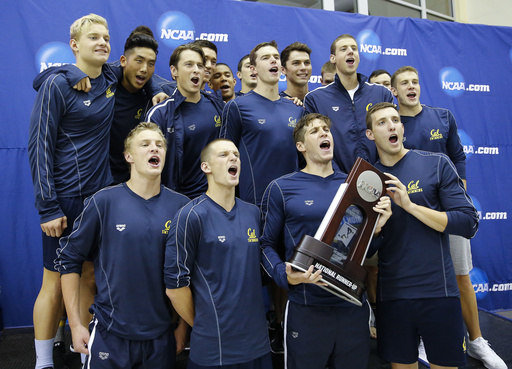
Assisting athletes in securing college scholarships has historically posed challenges, but it was often a matter of managing predictable variables. Athletes have always competed for a finite number of roster positions, some of which offer scholarships while others do not. However, this year, that established formula has been upended, largely due to the impending $2.8 billion NCAA antitrust settlement.
Liam Barrett, who oversees the U.S. Sports Scholarships recruiting service, indicated that it was expected when he received a call from a soccer player last week informing him that his place on the roster of an Atlantic 10 Conference school had disappeared. The player now faces entering the transfer portal, which is projected to swell to around 1,600 soccer players. Many are experiencing cuts from their teams as coaches grapple with decreasing roster sizes amid uncertainty about the future.
Barrett expressed concern about how these new college roster limits are impacting high school athletes. “It’s going to be increasingly challenging for someone who hasn’t even entered college yet to make the cut,” Barrett explained. In the days leading up to the National Signing Day for lesser-known sports, many institutions were scrambling to ascertain how many roster spots would be available for the 2025-26 academic year. This upheaval is a result of the settlement that permits schools to financially compensate their athletes while instituting new roster limits, leading athletic departments to rethink their team compositions.
Minnesota women’s volleyball coach Keegan Cook shared insights regarding the situation, remarking, “I’m hearing about walk-ons and prospective recruits receiving that difficult call.” He emphasized how precious roster spots have become, something that was not the case in the past.
Though scholarship limits—such as the 85 for football and 9.9 for men’s wrestling—have been lifted under the settlement, they are succeeded by roster restrictions that necessitate schools to navigate these changes carefully. Institutions like Michigan University acknowledge that offering scholarships to every player could incur additional annual expenses of around $29 million, on top of a projected increase of $21 million needed to fund new athlete revenue-sharing arrangements.
As the model for lesser-known sports undergoes adjustments, some programs may find themselves eliminating a sport or two. Schools often spread their 9.9 scholarships among various players, providing partial scholarships to many while filling gaps with walk-on athletes, some of whom might later receive financial aid. In wrestling, for example, the set limit of 30 athletes means some programs will need to choose either to cut team sizes or eliminate entire sports.
Mike Moyer, executive director of the National Wrestling Coaches Association, expressed concern over diminishing opportunities, stating, “Wrestling can provide access to college for many young men and women who otherwise wouldn’t have that chance. Anytime opportunities shrink, it’s unfortunate.”
Wisconsin’s athletic director Chris McIntosh anticipates a significant reduction in student-athletes, predicting a drop of 80 to 100 by the time the new rules take effect in 2025-26. Meanwhile, Troy Dannen, Nebraska’s athletic director, is committed to avoiding cuts to sports or scholarships within his $200 million program. He is encouraging a creative approach among coaches and administrators to make the most of available resources and rethink allocation strategies.
The financial influence of football, with backing from men’s basketball, remains pivotal in sustaining various sports on college campuses. The SEC recently declared that its 16 member schools would uphold the 85-scholarship cap for 2025, while walk-ons would fill additional roster slots, indicating that the average roster count exceeds 120 within larger programs.
There have been indications that the SEC might reduce swimming team rosters by 8 spots, a concern since it could lead to fewer scholarships in sports where current restrictions already exist. With this evolving situation, the role of walk-on athletes, along with the potential loss of unique talent, could be jeopardized.
With college athletics significantly influencing Olympic outcomes, many are worried that changes could impact future medal tallies for the U.S. At the recent Paris Olympics, a sizeable 67% of American athletes hailed from NCAA programs. Rich Bender from USA Wrestling expressed his apprehensions about the implications of shrinking college sports programs on Olympic success.
Despite the challenges posed by these changes, some experts are optimistic that the restructuring might ultimately benefit fringe athletes. They may find new opportunities in smaller colleges, potentially leading to increased playing time. Awareness regarding the importance of Olympic sports is on the rise, suggesting a possibility that colleges will reconsider cutting programs altogether.
Overall, while uncertainty looms in the immediate future, many believe that stability could return by 2026 or 2027 after the settlement is fully realized. For the upcoming academic year, however, the atmosphere remains charged with unanswered questions, as mentioned by Nebraska’s athletic director: “There are 100 questions I don’t have the answers for.”
